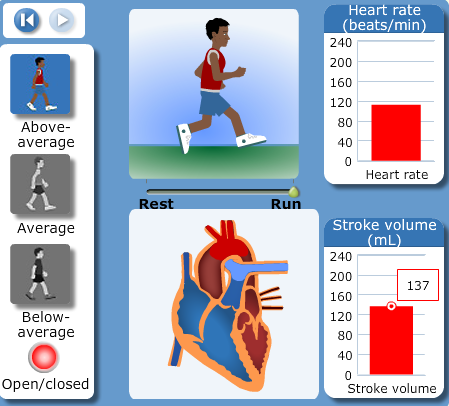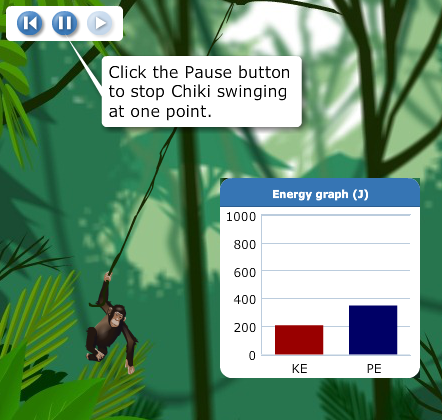PangeaTools was a hybrid between of a technology company and a creative curriculum development studio. The company was founded in 2009 after developing several science curriculum products for Houghton Mifflin Harcourt (HMH), and concluding that existing tools are inadequate in developing inquiry based lesson plans at scale.
Believing that inquiry should be at the heart of the instruction, and with the experience of developing science curriculum for years the founding team decided to build a technology that makes creating lessons with virtual labs, games and simulations a breeze. These tools were then used by the instructional and creative teams to prototype and iterate while keeping development costs reasonable.
The company used these tools to develop HMH's digital version of Science Fusion, a full K-8 science curriculum which later won the textbook adoption in Florida and Texas. The company included engineers, instructional designers, writers and artists and at peak was ~100 people strong. In 2011, after completing the development of Science Fusion, the company was acquired by HMH which still uses the technology for content development.
Technology included an in-browser step simulation engine, a visual scripting language and a cloud based curriculum authoring and deployment system. While the authoring system included a server component, the simulation engine, scripting tools and runtime engines were all client side technologies built on Adobe's Flex.
The visual scripting language was designed to allow the instructional and creative teams to rapidly prototype and iterate over lessons. Using scripting, the teams defined the logical and visual sequencing of the lessons and the data flow from one tool to another. Modeled after MIT's Scratch, it was made out of a color coded building blocks in a snappable drag & drop interface. It includes common programing constructs but also facilitated data binding between tools such as taking the user's simulation outputs and binding them to a graph, etc.
The simulation framework was designed to facilitate the development of in-browser science simulations. At the controller level it is modeled after LOGAL's simulation engine (the founding team came from LOGAL) and in essence a "step" engine optimized to run in-browser. On top of this SDK we developed original mathematical models in physics, chemistry and biology. Several of these models were based on LOGAL models and ported from C++ to Action Script while other are new. These models were then bound to multiple views. Each view represented a science game, virtual lab or simulation and functioned as the the anchor activity for dozens of lesson plans.The authoring system was designed for rapid development of interactive, media rich curriculum. It includes two primary modules: The aforementioned scripting language and a visual curriculum editor, somewhat similar to PowerPoint. Content and logic are abstracted in a proprietary format and saved to the server's database. The system is tightly integrated with a bug tracking system, text-to-speech engine, source control and continuous integration systems so that it serves as the primary productivity and collaboration tool for the instructional and creative teams.
Final lesson plans are packaged in an ADL compliant format and distributed over the web. Upon request, content packages are streamed to the client and dynamically rendered/executed using the runtime engine. The runtime technology is based on Adobe's Flex (Flash runtime) and when run in a SCORM container collects and reports student performance information.
Houghton Mifflin Harcourt used PangeaTools to develop the digital version of Science Fusion, a full K-8 science curriculum. Science Fusion won the adoption in several districts in Florida, Texas and others. With the the technology becoming more and more integrated with HMH's systems, it was a natural acquisition candidate for them, a transaction that took place in% 2011. HMH continue and use the technology to develop digital curriculum.
samples: photosynthesis · ecosystem · physical & chemical changes · seasons · infectionprototypes: science fusion · destination science
gallery





































